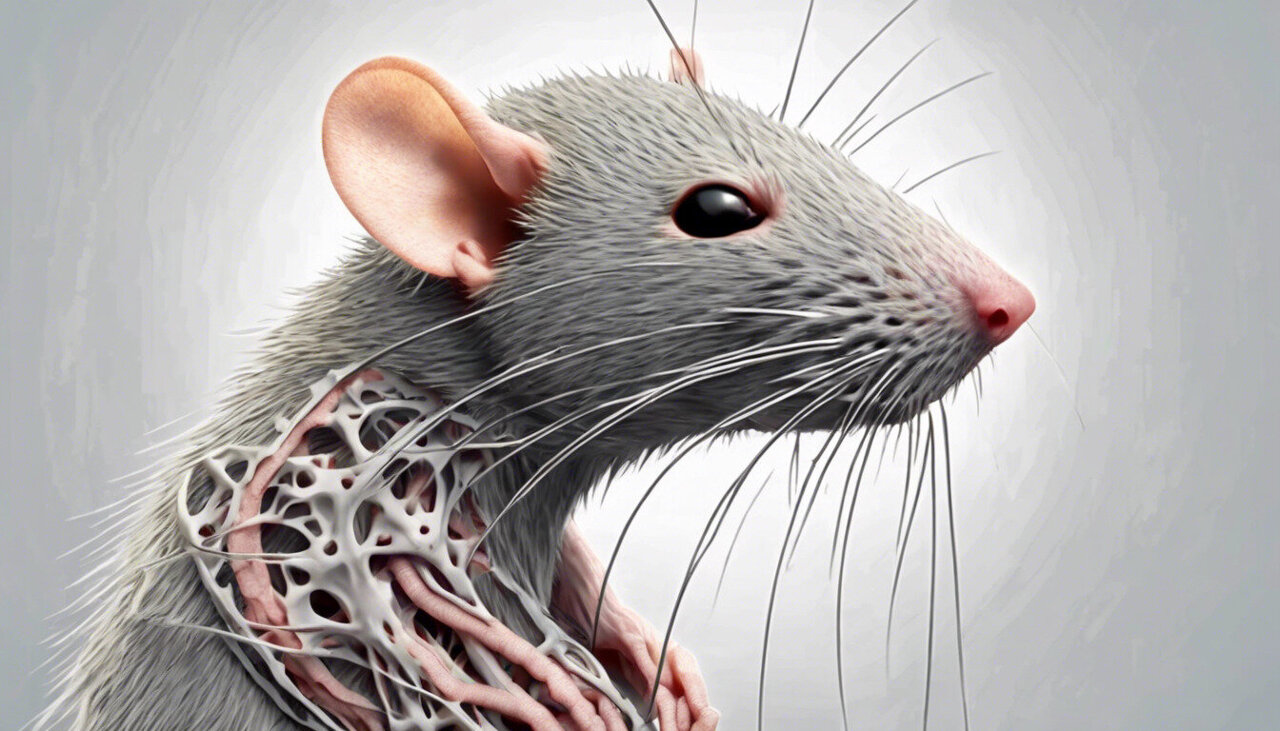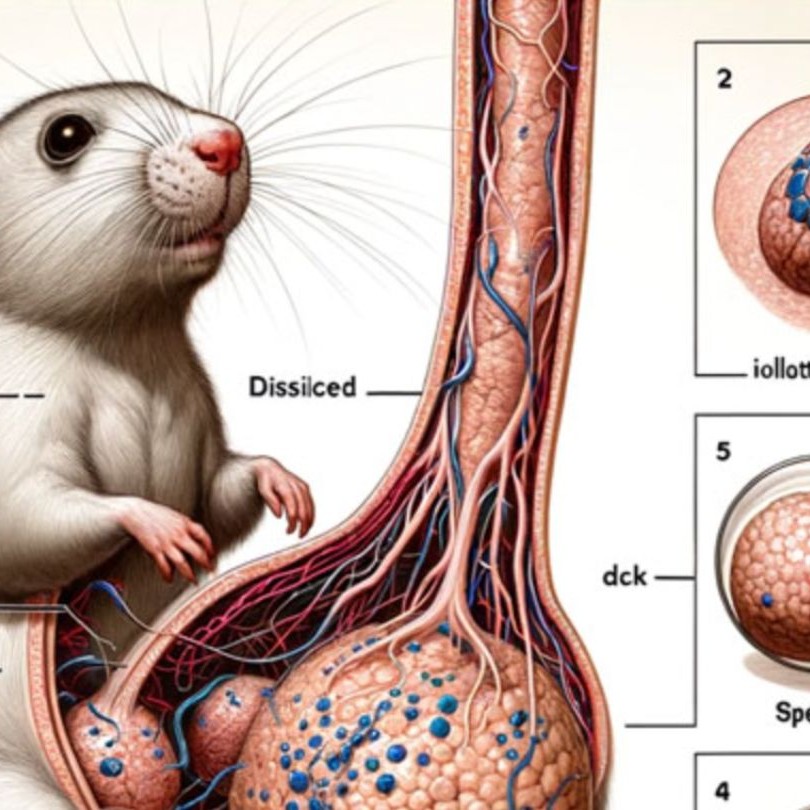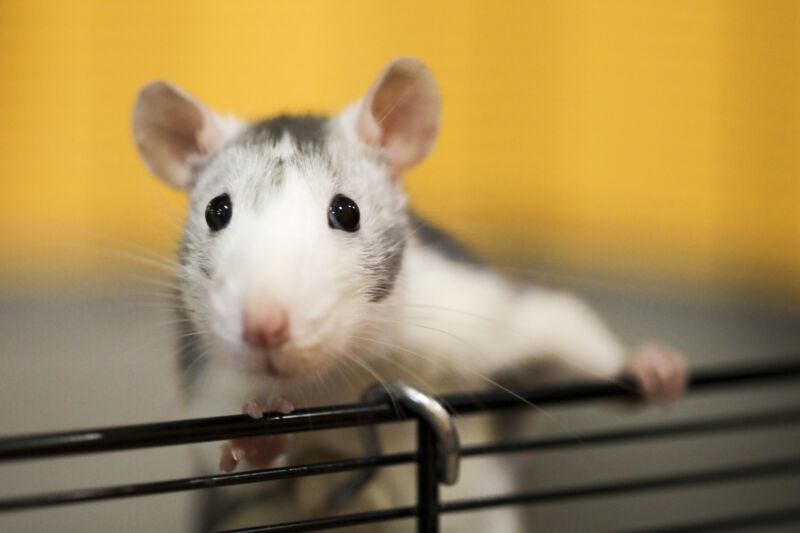A social media user brought attention to wildly bizarre images found in a recent volume of the peer-reviewed Frontiers Journal (an academic journal that covers the latest research for academics and professional practitioners), and it looks like using Midjourney to create whatever gibberish it comes up with is good enough to get your paper published in an academic publication.
Ridiculous AI-Generated Image Of 'Well-Endowed' Mouse Gets Past Peer Review Into A Science Journal
Earlier today, virologist Dr. Charlotte Houldcroft posted a bizarre illustration of a mouse with a giant sack that sort of looks like a diagram one would find in a scientific publication — except it was labeled with nonsense and had every other telltale sign of being AI-generated.
Perhaps making things worse, the image was indeed pulled from a scientific paper on cellular functions of spermatogonial stem cells, published by a group of Chinese researchers in the peer-reviewed Frontiers Journal.

Your eyes do not deceive you: What you see is indeed a mouse with a giant sack and a phallus-looking stem coming right out of it. Asking a furry R34 artist to draw a science diagram would probably result in something like this.
The authors of the article do not hide the fact that the images are indeed AI-generated, as there's even a disclaimer that images in the article were generated by Midjourney.
The real problem is that neither this image nor the two other diagrams included in the paper make any sense, let alone help understand the material.

Now, people on social media are asking an obvious question, "How did the paper with AI-generated illustrations make its way past peer review?"
Frontiers Journal is yet to respond, and in the meantime, there's an AI-made mouse with a BMC to post memes about.
READ MORE >
- In the article, which involved research surrounding stem cells in small mammals, the authors included images depicting rat anatomy that an AI system had clearly created.
- In one picture, a single rat appeared to have a penis and testicles that were larger than the rest of its body—not something that occurs in nature. Some of the accompanying text was also incomprehensible. Another image showed a rat cell that did not resemble the true structure of a rat cell.
- In this case, it is not clear how such problematic images wound up in a peer-reviewed journal. The authors, a combined team from Hong Hui Hospital and Jiaotong University in China, did not try to hide the fact that they had used AI to create the images; they even credited Midjourney.
- But the policy also notes that attempts must be made to fact-check anything produced by such systems, which clearly was not the case in this mix-up.







No comments:
Post a Comment